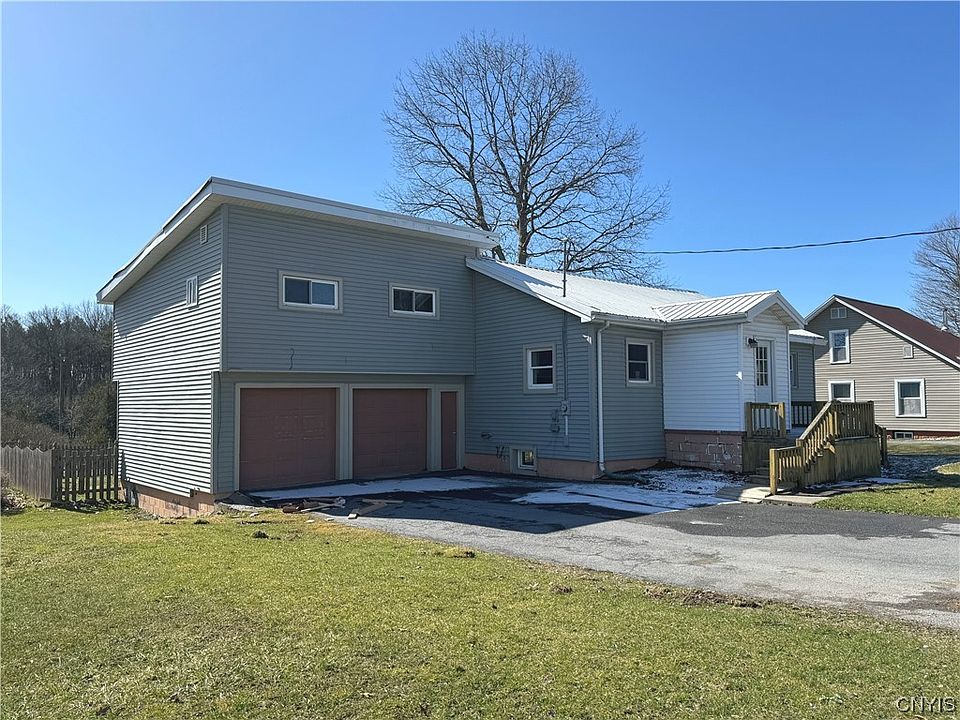The Link Between Indoor Air Quality and Respiratory Health
When it comes to ensuring a healthy respiratory system, the environment we live in plays a crucial role. Factors such as HVAC systems, mold prevention, dust control, and allergens all have a significant impact on indoor air quality, which directly affects our respiratory health.
It is essential to understand the importance of maintaining clean air in our living spaces to prevent respiratory issues. Implementing effective air purification methods can help eliminate harmful pollutants and improve the overall quality of the air we breathe, thus reducing the risk of respiratory complications.
The Impact of Poor Indoor Air Quality
When indoor air quality is compromised, respiratory health is put at risk. Poor indoor air quality can be attributed to factors such as inadequate dust control, improper maintenance of HVAC systems, lack of mold prevention measures, insufficient ventilation solutions, and the presence of allergens.
Understanding the Risks for Respiratory Health
When it comes to safeguarding your respiratory well-being, it’s crucial to be aware of the various hazards that can compromise your lung health. From mold prevention to controlling allergens and implementing effective air purification systems, there are numerous factors that play a role in ensuring clean and healthy indoor air quality. By understanding the risks associated with poor ventilation solutions and inadequate dust control, you can take proactive steps to protect your respiratory health.
- Identifying potential sources of indoor air pollutants, such as mold and allergens, is essential in minimizing the risks to respiratory health.
- Implementing strategies for mold prevention, such as proper ventilation and moisture control, can help reduce the likelihood of respiratory issues.
- Regular maintenance of air purification systems can aid in filtering out harmful particles and contaminants that could negatively impact respiratory health.
- Ensuring effective dust control measures are in place can significantly improve indoor air quality and reduce the risk of respiratory problems.
Common Indoor Air Pollutants to Avoid
Ensuring clean air in your living space is crucial for maintaining optimal respiratory health. By being aware of common indoor air pollutants and taking preventive measures, such as air purification, mold prevention, and dust control, you can improve indoor air quality and reduce potential risks to your lungs.
Indoor air pollutants can come from various sources, including household cleaning products, pollen, pet dander, and combustion byproducts. Proper ventilation solutions and regularly maintained HVAC systems can help minimize the presence of these harmful substances in your indoor environment.
By staying informed and taking proactive steps to reduce exposure to indoor air pollutants, you can create a healthier living environment for you and your family. For more information on improving indoor air quality, visit https://aaronheat-ac.com.
Tips for Improving Air Quality at Home
Ensuring clean and healthy air in your living space is crucial for maintaining optimal respiratory wellbeing. By implementing effective mold prevention techniques, controlling dust buildup, and minimizing allergen exposure, you can significantly enhance the air quality within your home. Additionally, exploring ventilation solutions, investing in air purification systems, and properly maintaining HVAC systems can further contribute to creating a breathable environment free from harmful pollutants.
| 1. Mold Prevention | Regularly inspect and address any leaks or areas of moisture buildup to prevent mold growth. |
| 2. Dust Control | Frequent dusting, vacuuming, and washing of bedding can help reduce airborne particles that may trigger respiratory issues. |
| 3. Allergens | Use hypoallergenic bedding, wash pet bedding regularly, and consider air purifiers to minimize exposure to allergens. |
| 4. Ventilation Solutions | Open windows for fresh air circulation, utilize exhaust fans in bathrooms and kitchens, and consider installing a home ventilation system. |
| 5. Air Purification | Invest in high-quality air purifiers to filter out pollutants and improve air quality in your home. |
| 6. HVAC Systems | Regularly change filters, schedule routine maintenance checks, and ensure proper functioning of your heating and cooling systems for optimal air quality. |
The Impact of Asthma on Indoor Air
Asthma is a common respiratory condition that can be greatly affected by the quality of the air inside a home. Dust control, ventilation solutions, and HVAC systems all play a crucial role in managing asthma symptoms for those who suffer from this chronic disease.
Impact of Poor Indoor Air Quality on Respiratory Well-being
A decline in indoor air quality can significantly exacerbate respiratory issues and hinder overall well-being. Mold growth, inadequate HVAC systems, lack of dust control, and presence of allergens can all contribute to poor indoor air quality. It is crucial to understand how these factors can worsen symptoms and affect respiratory health.
- Poor indoor air quality can lead to the growth of mold, which releases spores that can trigger respiratory problems.
- Inefficient HVAC systems can circulate pollutants and allergens, compromising the quality of the air inside the home.
- Lack of proper dust control can result in the accumulation of particles that can irritate the respiratory system.
- Presence of allergens such as pet dander and pollen can worsen symptoms in individuals with respiratory conditions.
- Implementing air purification systems can help to remove pollutants and improve indoor air quality, promoting better respiratory health.

